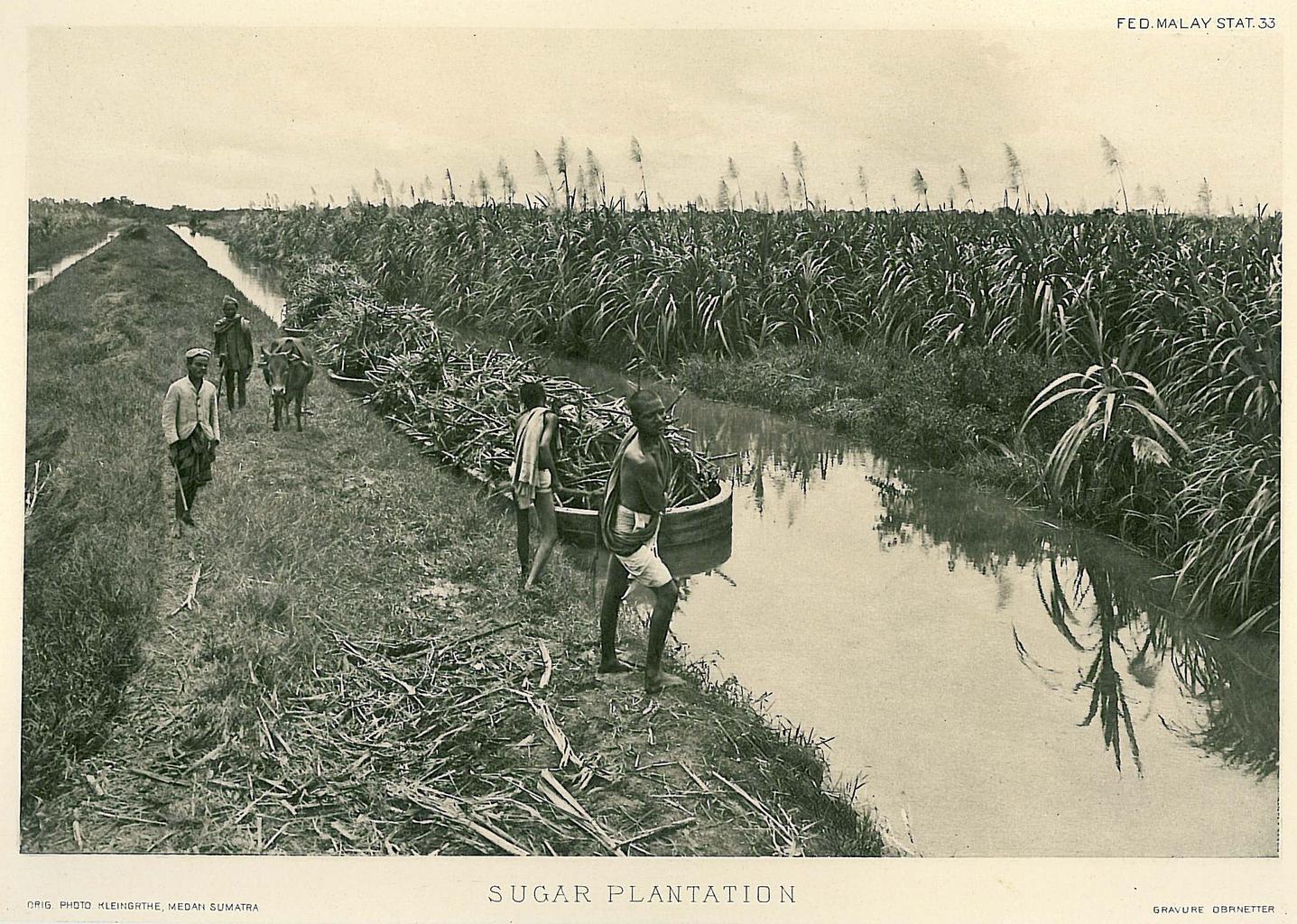Introduction

The Caribbean island of Martinique is well-known for its popular resort spots and tourist destinations. However, this French-owned territory in the Caribbean Sea held strong roots in the beginnings of globalization. Martinique served as one of the world’s top sugar exporters during the 19th century due to the abundance of fertile land for plantations. Though, the success of the mass-producing plantations was driven by African enslaved person labor. The remainder of this paper will highlight the physical landscape of the island, its economy, its governance, and its impact on globalization through references from several secondary sources as well as the fiction novel Texaco, by Patrick Chamoiseau.
Governance

Martinique, although located in the Caribbean, is a French department which abides by all laws of mainland France. In the beginnings of European expansion, France took authority over Martinique because of its prosperous farmland and coveted exports. French government officials placed laws on Martinique territory which regulated all aspects of the island (Schmeider 86). However, local planters took charge of their enslaved people and received little backlash if their rules did not follow the guidelines in place by the government (Handler and Wallman 460). While the lifestyle of the Martinique population differed greatly from that of the French, the governing laws were consistent. The autonomy of the enslaved people in Martinique was dependent on whether they were freed; their inclusion in French elections was not counted until the mid-nineteenth century after their emancipation. This is shown in the novel after the enslaved people were emancipated; Esternome explains that he, and other emancipated enslaved people, could now vote in elections and participate in French politics (Chamoiseau 114). However, the lack of political education the enslaved people received was very visible when Marie-Sophie explains her inability to understand the seemingly profound words of Césaire during the uprising of political justice for the freed enslaved people of the island (Chamoiseau 243-250). Although the freed enslaved people were now allowed to participate, most of them did not know what or who they were supporting, nor did they have a voice to speak on behalf of themselves.
Pre- and Post-Emancipation Economy

Enslaved people from Africa were frequently imported to the island to keep up with the growing demand for work on the plantations (Schmeider 85). While enslaved, the individuals had no freedom, and they were subject to the treatment of their béké. Pre-emancipation, Martinique’s economy was fully controlled by the success of the plantation exports; however, this success could only be maintained through slave labor. It was not until 1834 that the enslaved people were emancipated; the post-emancipation economy of Martinique could not financially support the labor it once obtained, so Martinique’s economy became reliant on tourism from then on.
Although the economy took a full turn, the transition from enslaved to free was not revolutionary. Although freed, the enslaved people had little choice but to continue loosely working on the plantations. The land of Martinique was already inhabited and owned by the plantation owners, and there was nothing left to distribute to the freed enslaved people. In an attempt to keep the freed enslaved people working on the plantations, békés offered sharecropping and other benefits like the ability to grow their own crops and improved living conditions (Tomich 165-166). Despite their efforts, Esternome explains that the freed enslaved people worked on their own time, and oftentimes the békés could not rely on the emancipated enslaved people for consistent work (Chamoiseau 114). In the novel, the narrator explains the persistent difficulty of life after emancipation, and the reality of the options available to them, which were few and far between. This difficulty was shown in the journeys of both Esternome and Marie-Sophie. Esternome’s journey to the city proved to be much less fruitful and much more difficult than he dreamed. Marie-Sophie struggled through harsh conditions and terrible treatment within each house she landed work (Chamoiseau).
Conclusion
Martinique, although full of outward beauty, is an island with a vast history of mistreatment. With its beginnings rooted heavily in the trade of enslaved people and the continuation of seemingly forced labor beyond the emancipation of enslaved people, it is a territory whose history should be remembered. Texaco highlights important moments along the timeline of slavery on the island and the persistent struggles of life post-emancipation through multiple accounts. Through several different aspects, Texaco and the island of Martinique played a specific role in understanding expansion and the beginnings of globalization.
Works Cited
Chamoiseau, Patrick. Texaco. Trans. Rose-Myriam Réjouis & Val Vinokurov. NY: Vintage, 1997.
Handler, Jerome, and Diane Wallman. “Production Activities in the Household Economies of Plantation Slaves: Barbados and Martinique, Mid-1600s to Mid-1800s.” International Journal of Historical Archaeology, vol. 18, no. 3, 2014, p. 441–66, http://www.jstor.org/stable/24572728. Accessed 11 Apr. 2022.
Schmieder, Ulrike. “Martinique and Cuba Grande: Commonalities and Differences during the Periods of Slavery, Abolition, and Post-Emancipation.” Review, vol. 36, no. 1, 2013, p. 83–112, http://www.jstor.org/stable/revifernbraucent.36.1.83. Accessed 11 Apr. 2022.
Tomich, Dale. “Visions of Liberty: Martinique in 1848.” Proceedings of the Meeting of the French Colonial Historical Society, vol. 19, 1994, pp. 164–72, http://www.jstor.org/stable/43007773. Accessed 11 Apr. 2022.
Editorial Collective
Anna Wolter, Jenna Martin, Jonah Krieg

